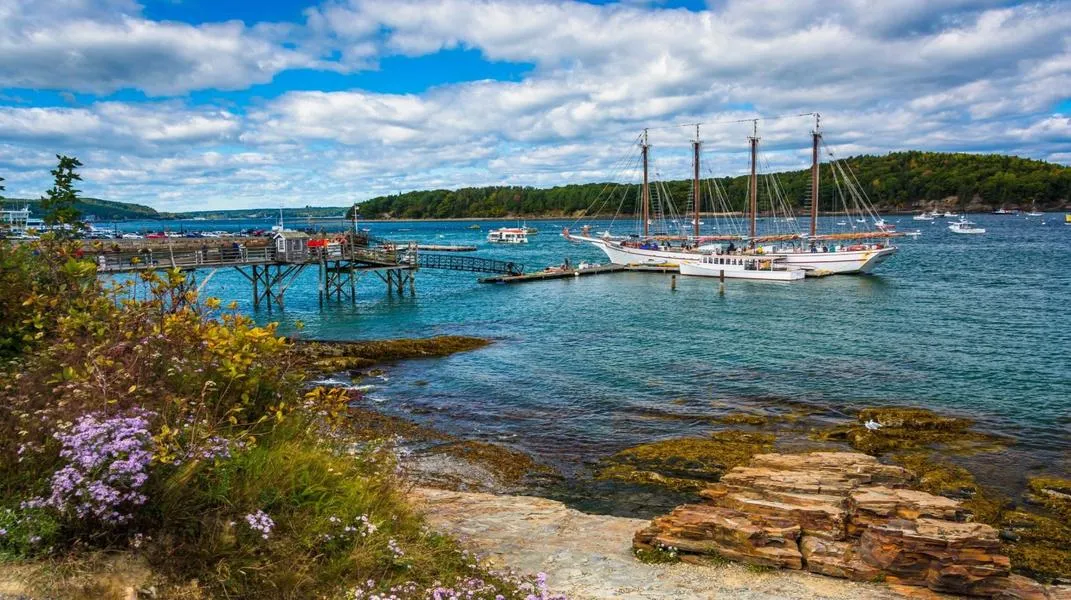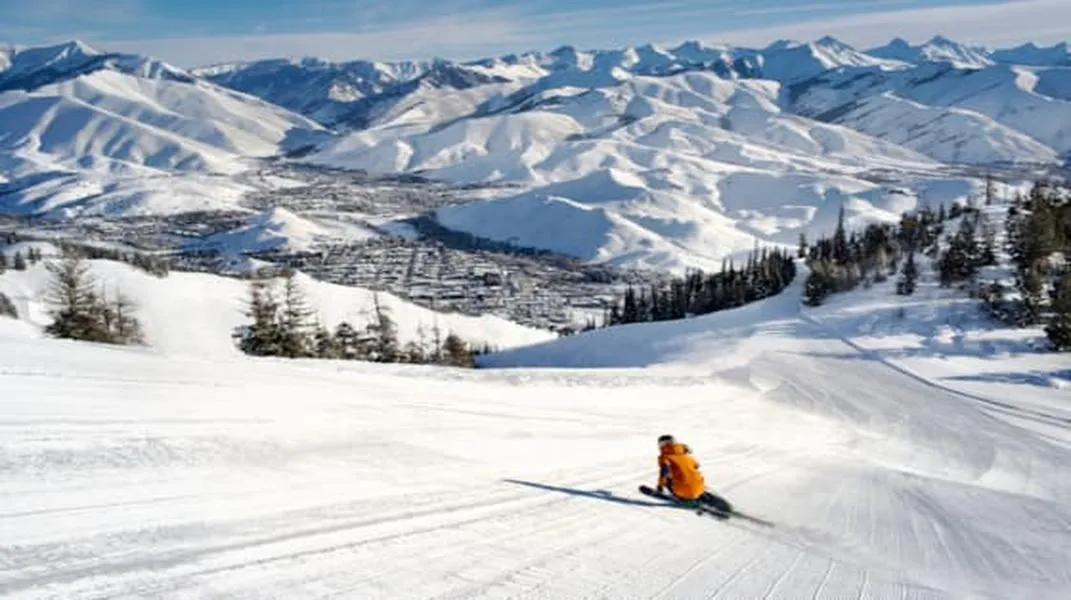Discovering Bar Harbor: A Gateway to Natural Wonders
Nestled along the rugged coast of Maine, Bar Harbor has long been a cherished destination for travelers seeking a blend of stunning natural beauty, rich history, and vibrant culture. This charming town serves as the gateway to Acadia National Park, one of America’s most beloved national parks, and offers an array of activities, dining, and accommodations that cater to every kind of visitor. In this article, we’ll delve into the must-see attractions in Bar Harbor, explore the town’s unique character, and provide a comprehensive guide to planning your visit.

A Brief History of Bar Harbor
Bar Harbor’s history dates back thousands of years, with the Wabanaki tribes being the area’s original inhabitants. European settlers arrived in the 18th century, and the town began to flourish as a summer retreat for the wealthy in the late 19th and early 20th centuries. Today, Bar Harbor is a blend of its storied past and modern charm, featuring classic New England architecture and a bustling waterfront.
Attractions in Bar Harbor
1. Acadia National Park
Acadia National Park is undoubtedly the crowning jewel of Bar Harbor. Stretching over 49,000 acres, the park boasts a diverse landscape of granite peaks, lush woodlands, and rugged coastlines. Visitors can explore over 120 miles of hiking trails, including the famous Precipice Trail and Jordan Pond Path, which provide breathtaking views and a chance to experience Maine’s rich biodiversity.
Key Highlights:
- Cadillac Mountain: The highest point on the East Coast, Cadillac Mountain offers stunning panoramic views, especially at sunrise. It’s a popular spot for photographers and nature lovers alike.
- Park Loop Road: This scenic drive is a must for those looking to see the park’s highlights. Stop at various points of interest, including Sand Beach, Thunder Hole, and the Jordan Pond House.
- Wildlife Watching: Acadia is home to diverse wildlife, including deer, foxes, and numerous bird species. Bring your binoculars to spot eagles and other birds of prey.
2. Bar Harbor's Historic Downtown
The downtown area of Bar Harbor is a delightful mix of shops, galleries, and restaurants, all set against a backdrop of stunning coastal views. Stroll along the quaint streets, where you’ll find charming boutiques selling local artisan goods, as well as galleries showcasing the work of Maine artists.
Key Highlights:
- Shore Path: This scenic walking path runs along the shoreline and offers beautiful views of Frenchman Bay. It’s an ideal spot for a leisurely stroll or a morning jog.
- Abbe Museum: Learn about the history and culture of the Wabanaki people at this informative museum. Exhibits include artifacts, art, and interactive displays.
- Dining: Bar Harbor is known for its fresh seafood. Indulge in local delicacies at renowned restaurants like The Lobster Pound and The Side Street Café.
3. Whale Watching and Boat Tours
One of the best ways to experience the beauty of Bar Harbor and its surrounding waters is through a whale-watching or boat tour. Several tour companies operate in the area, offering excursions that range from a few hours to a full day.
Key Highlights:
- Whale Watching: The waters off the coast of Maine are home to several species of whales, including humpbacks and minke whales. A whale-watching tour provides a chance to see these majestic creatures in their natural habitat.
- Lighthouse Tours: Explore the stunning lighthouses that dot the Maine coastline. Many boat tours stop at iconic sites such as the Bass Harbor Head Lighthouse.
- Kayaking: For a more hands-on experience, consider renting a kayak to paddle along the coastline. Guided tours are also available for those who prefer a structured experience.
Preparing for Your Visit
To ensure a smooth and enjoyable visit to Bar Harbor, it’s essential to prepare in advance. Here’s a comprehensive checklist of materials and items to bring along.
1. Travel Essentials
- Transportation: If you’re flying, the nearest major airport is Bangor International Airport (BGR), about an hour away. Renting a car is recommended for flexibility. If traveling by road, ensure your vehicle is in good condition for the journey.
- Accommodation: Book your lodging in advance, especially during peak tourist seasons (summer and fall). Options range from cozy inns and bed-and-breakfasts to hotels and campgrounds in Acadia National Park.
2. Hiking Gear
- Footwear: Invest in a good pair of hiking boots or shoes. Waterproof options are ideal, especially if you plan to hike near water sources or in potentially wet conditions.
- Clothing: Layering is key in Maine, where weather can change rapidly. Bring moisture-wicking base layers, a warm mid-layer, and a waterproof outer layer. Don’t forget a hat and gloves for cooler days.
- Backpack: A comfortable daypack is essential for carrying water, snacks, a first-aid kit, and other essentials while hiking.
3. Outdoor Equipment
- Binoculars: Great for bird watching and spotting wildlife, bringing binoculars can enhance your experience in Acadia National Park.
- Camera: Capture the breathtaking scenery of Bar Harbor and Acadia. A DSLR or mirrorless camera is ideal, but smartphones can also provide stunning shots.
- Water Bottle: Stay hydrated during your adventures. A reusable water bottle is eco-friendly and practical.
4. Safety and Navigation
- Map and Compass: While many trails are well-marked, having a physical map and compass can be helpful, especially in areas with limited cell service.
- First-Aid Kit: Pack a small first-aid kit with essentials like band-aids, antiseptic wipes, and any personal medications.
- Bug Spray and Sunscreen: Protect yourself from both sunburn and insect bites, especially during the summer months.
5. Food and Snacks
- Snacks: Pack energy-boosting snacks like trail mix, granola bars, and fruit for hikes and excursions.
- Dining Reservations: If you plan to dine at popular restaurants, consider making reservations in advance, especially during peak season.
When to Visit Bar Harbor
Bar Harbor is a year-round destination, each season offering its unique charm, but the best times to visit are typically late spring to early fall.
- Summer (June to August): This is peak tourist season, with warm temperatures and vibrant outdoor activities. Expect larger crowds and higher prices.
- Fall (September to October): Autumn brings stunning foliage, making it a great time for photographers and nature lovers. The weather is still pleasant, and crowds begin to dwindle.
- Winter (November to March): While Acadia National Park is less accessible, winter offers opportunities for snowshoeing, cross-country skiing, and enjoying the serene beauty of a quiet Bar Harbor.
- Spring (April to May): Spring is a lovely time to visit as flowers bloom and wildlife becomes more active. However, some services may still be limited as the town wakes up from winter.
Conclusion
Bar Harbor is a captivating destination that offers an idyllic blend of natural beauty, rich history, and vibrant culture. Whether you’re hiking in Acadia National Park, exploring the charming downtown area, or enjoying fresh seafood by the water, there’s something for everyone in this coastal gem. By preparing adequately for your visit, you can ensure a memorable experience filled with adventure, relaxation, and discovery. So pack your bags, grab your hiking boots, and get ready to explore the breathtaking landscapes and rich heritage that Bar Harbor has to offer!




